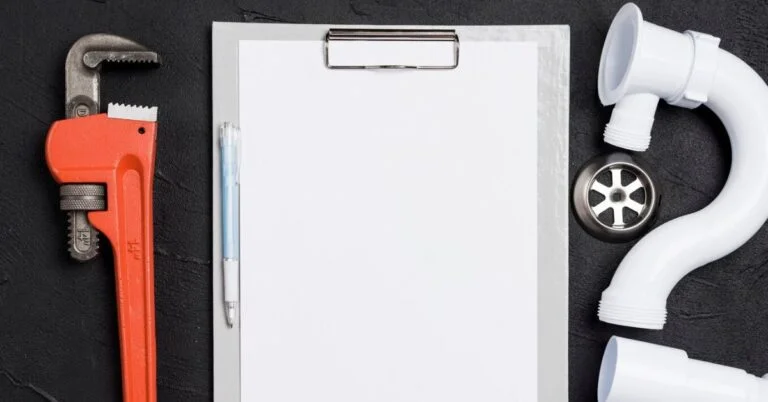Industrial automation and machinery rely heavily on fluid power systems, with hydraulics and pneumatics being the two primary technologies. While hydraulics has long been the backbone of heavy machinery due to its high power density, pneumatics is gaining traction for its efficiency, cleanliness, and ease of use. This article explores the transition from hydraulic to pneumatic systems, their differences, advantages, and applications.
Hydraulic systems use incompressible fluids (oil or water-glycol mixtures) to transmit power. These systems are known for:
- High force output – Ideal for heavy lifting (e.g., cranes, excavators).
- Precision control – Used in presses and CNC machines.
- Durability – Suitable for high-load applications.
However, hydraulics have drawbacks:
- Fluid leaks leading to environmental concerns.
- High maintenance due to pumps, valves, and fluid degradation.
- Heavy and complex setups.
Pneumatic systems use compressed air or gas to generate motion. Key benefits include:
- Clean operation – No risk of fluid leaks.
- Faster response times – Air compresses and moves quickly.
- Lower maintenance – Fewer components and no fluid contamination risks.
- Lighter and simpler – Ideal for automation and robotics.
Limitations of pneumatics:
- Lower force output compared to hydraulics.
- Compressibility of air can reduce precision.
- Noise pollution from compressors.
Several industries are transitioning due to:
- Environmental regulations – Pneumatics avoid oil spills.
- Cost efficiency – Lower installation and maintenance costs.
- Automation trends – Robotics and lightweight systems prefer air power.
- Hygiene requirements – Food and pharmaceutical industries favor clean air systems.
| Hydraulic Systems | Pneumatic Systems |
|---|---|
| Construction equipment (excavators) | Packaging machines |
| Aircraft landing gear | Robotics & assembly lines |
| Metal forming presses | Medical devices |
| Heavy-duty presses | HVAC controls |
Hydraulic systems generate much higher force, making them suitable for heavy machinery. Pneumatics are better for lighter, faster operations.
Yes, pneumatics generally have lower upfront costs, simpler maintenance, and no fluid disposal expenses.
No, hydraulics are still essential for high-force applications. However, pneumatics are replacing hydraulics in automation and light-duty tasks.
Pneumatics are more energy-efficient for repetitive, low-force tasks, while hydraulics are better for sustained high-power needs.
Some systems use lubricated air, but many modern pneumatics are oil-free for cleaner operation.
- Manufacturing (assembly lines)
- Food & Beverage (clean processes)
- Pharmaceuticals (sterile environments)
- Automotive (robotic arms)
Hydraulic leaks are messy and environmentally hazardous, while pneumatic leaks only result in air loss (less critical).
Yes, some applications combine both for optimized performance (e.g., using pneumatics for speed and hydraulics for clamping force).
The shift from hydraulic to pneumatic systems reflects the growing demand for cleaner, cost-effective, and efficient automation solutions. While hydraulics remain vital for heavy-duty tasks, pneumatics dominate in industries prioritizing speed, cleanliness, and low maintenance. Understanding the strengths of each system helps businesses choose the right technology for their needs.
Would you like a deeper dive into any specific aspect of hydraulic or pneumatic systems? Let me know!

